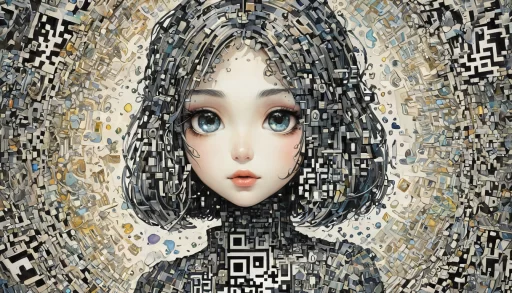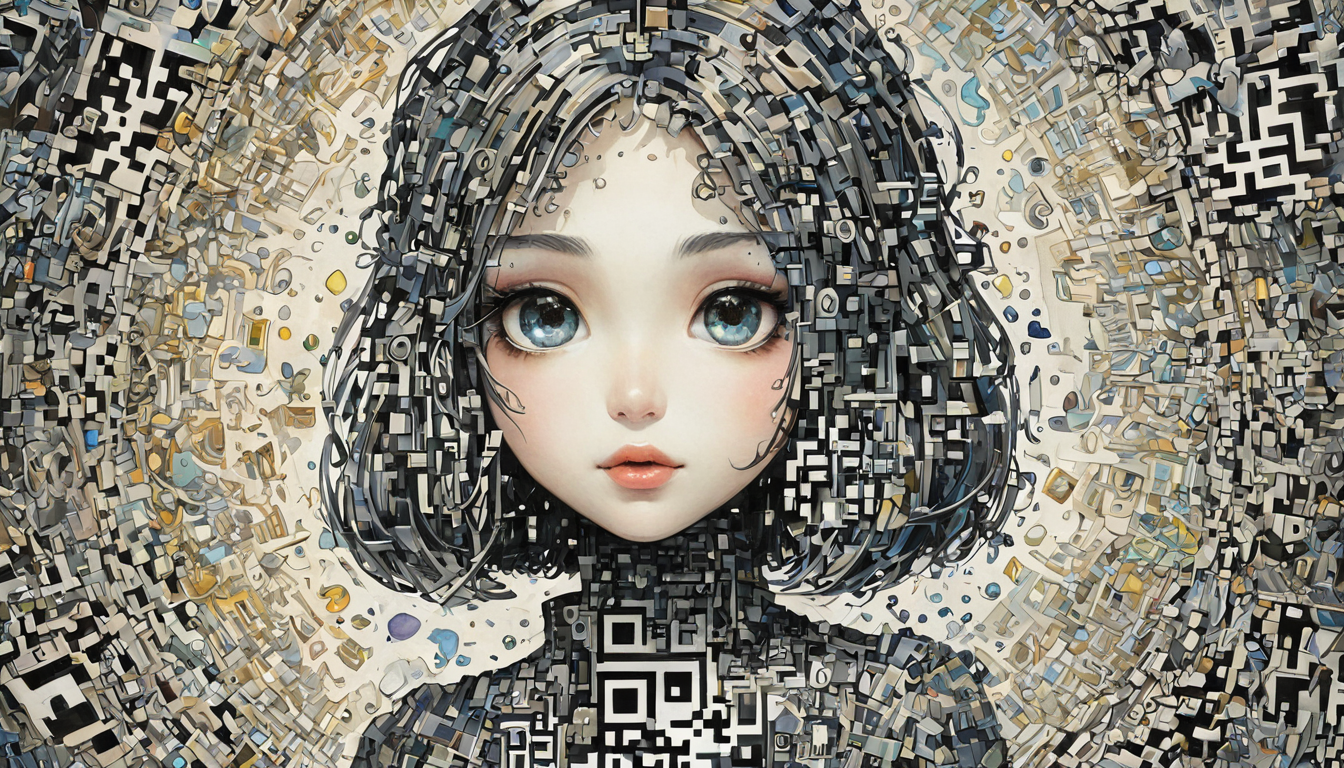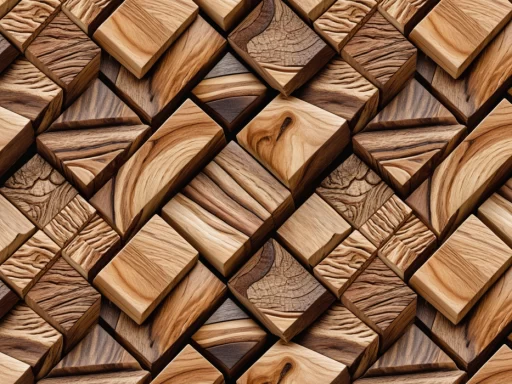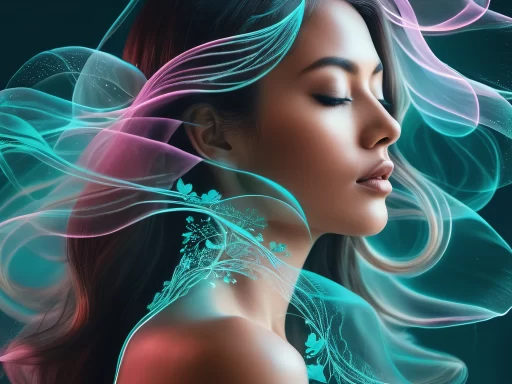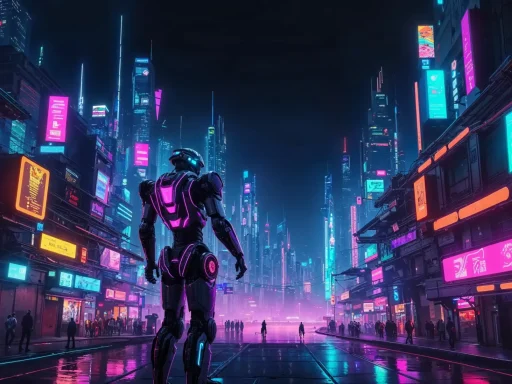We previously talked about effective prompting basics and had a comprehensive blog post about advanced prompting techniques. Now, it’s time to take it even further by introducing you to the process of additive prompting. Additive prompting can be a truly powerful and helpful technique when you’re having difficulty making Tengr.ai understand all the details of your complex prompt. This technique helps you create visually captivating and contextually rich images step by step. Let’s examine this technique more closely and see how this possibility can enhance your creative process.
What is Additive Prompting?
Additive prompting is a method to create organized and well-structured prompts. Some call it dynamic prompting or structured prompting. It basically means adding information step by step to a prompt to avoid confusing the AI with all the details.
When the prompt has too many elements, it becomes too complex, and the most important details might get ignored. In cases like this, additive prompting might help. It’s a very handy tool, perfect for eliminating such difficulties. It gives you better control during the image generation process and ensures that the final result is what you actually envisioned, without any details lost in the process.
To put it simply, you start with the basic idea and gradually build up your prompt by adding more details to get a complex image at the end. It might sound a little bit complicated at first, but we’ll break it down for you and even show you examples.

Basic Structure and Steps of Additive Prompting:
You should always start additive prompting by defining the basic idea of your prompt and then build around it. It makes it easier if you structure your prompt into categories, such as: [SUBJECT] | [STYLE] | [LIGHTING] | [BACKGROUND] | [EXTRAS].
- Subject: As we’ve mentioned in a previous blog post, the first thing when you want to create a prompt is defining the subject or protagonist of your image. You can add 1 or 2 descriptors as well but keep it rather simple at this point.
- Style: This refers to the artistic style or the artistic medium that you want your image in. This could be digital art, charcoal drawing, illustration, realistic photo, Art Nouveau, Abstract Expressionism style, or any other style or medium that you can think of.
- Lighting: Here you can add lighting types that you want to see in your final image. (We’ve covered this topic here.)
- Background: Establish a specific background.
- Extras: Here you can add additional elements like colors, mood, atmosphere, vibe, and any other details that you’d like. Avoid mentioning too many colors. It’s better to mention a color palette instead of enumerating many colors.
Be aware that if the prompt becomes too complex, the AI will start omitting things. But the great thing about additive prompting is that you can adjust after every generation. Omissions are much more obvious and easier to fix. You observe what’s missing and only add that into a new line. Additionally, you can add weights to it. (We have a blog post regarding weights in prompting)
This approach reduces ambiguity and helps clarify exactly what you want. Adding information in stages allows you to adjust the generated images during the process. With this method, you can guide Tengr.ai more effectively, thus helping it to create what you envisioned with more precision.
However, this isn’t a strict rule, it’s just guidance. There isn’t one particular order to add things. The main thing is to decide the basic idea of your image and then gradually add more elements to it, in stages. This type of handling of complex prompts ensures that the final image will meet your expectations.
This method works best if you plan the structure and the steps in your head before starting. Also, there is no specific endpoint in experimenting with a prompt; it’s up to you when you want to stop. Now, let’s see some practical examples:
Example Prompts:
We’ll demonstrate this technique through an example. We’ll keep the same structure, mentioned before: [SUBJECT] | [STYLE] | [LIGHTING] | [BACKGROUND] | [EXTRAS].
We wanted a fairly detailed and complex scene. The prompt that we used was: ‘Mighty dragon with molten lava scales, fantasy illustration, sunset light, distant mountains and stormy sky with lightning, the dragon’s scales glow with a fiery red and orange hue, resembling molten lava with cracks revealing intense heat; majestic, powerful.‘
We set the Creativity level to 3 and the Details level to 4.
Here is how we structured our prompt, using | just to show you the different categories. When we typed them into Tengr.ai’s prompt field, we put each category on a separate line:
Mighty dragon with molten lava scales | Fantasy illustration | Sunset light | Distant mountains and a stormy sky with lightning | The dragon’s scales glow with a fiery red and orange hue, resembling molten lava with cracks revealing intense heat, Majestic, Powerful.
We started typing our prompt, structured, one by one. Here are the steps:
‘Mighty dragon with molten lava scales‘:
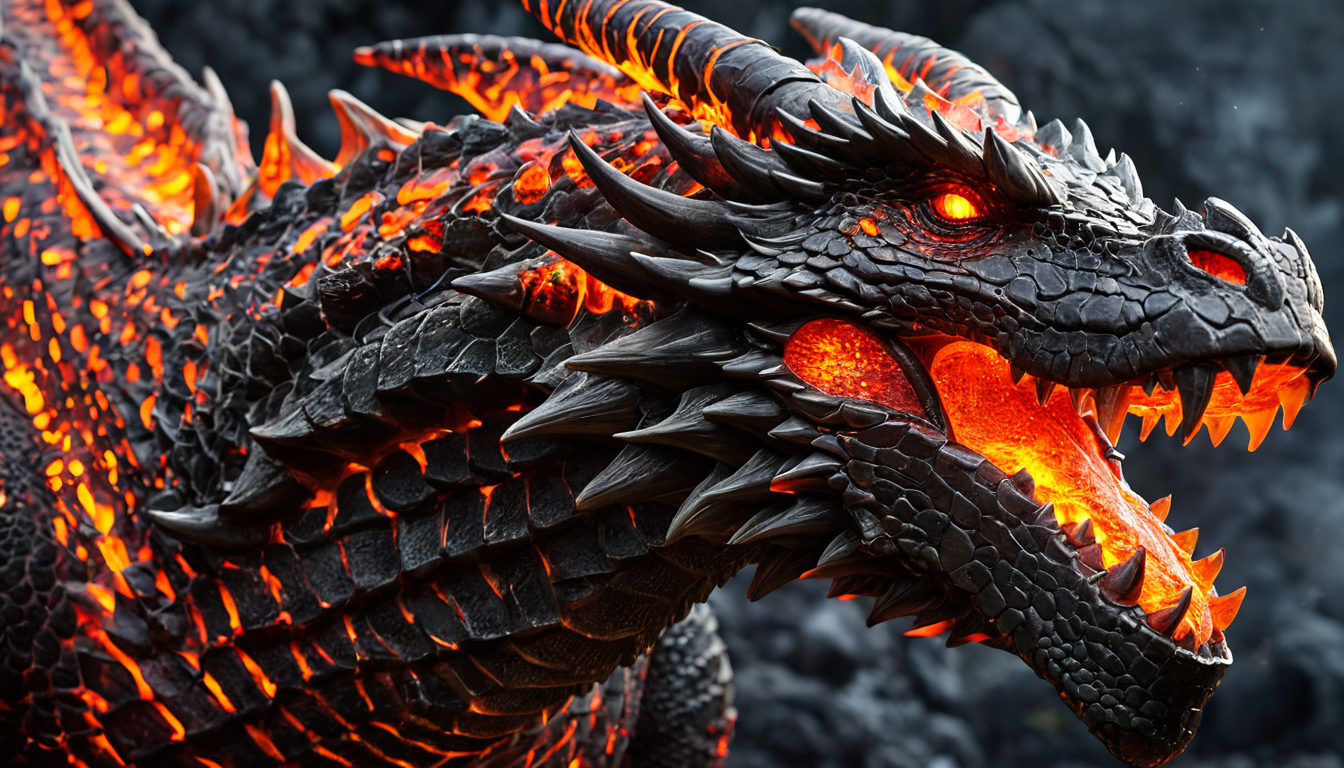
‘Mighty dragon with molten lava scales, Fantasy illustration‘:
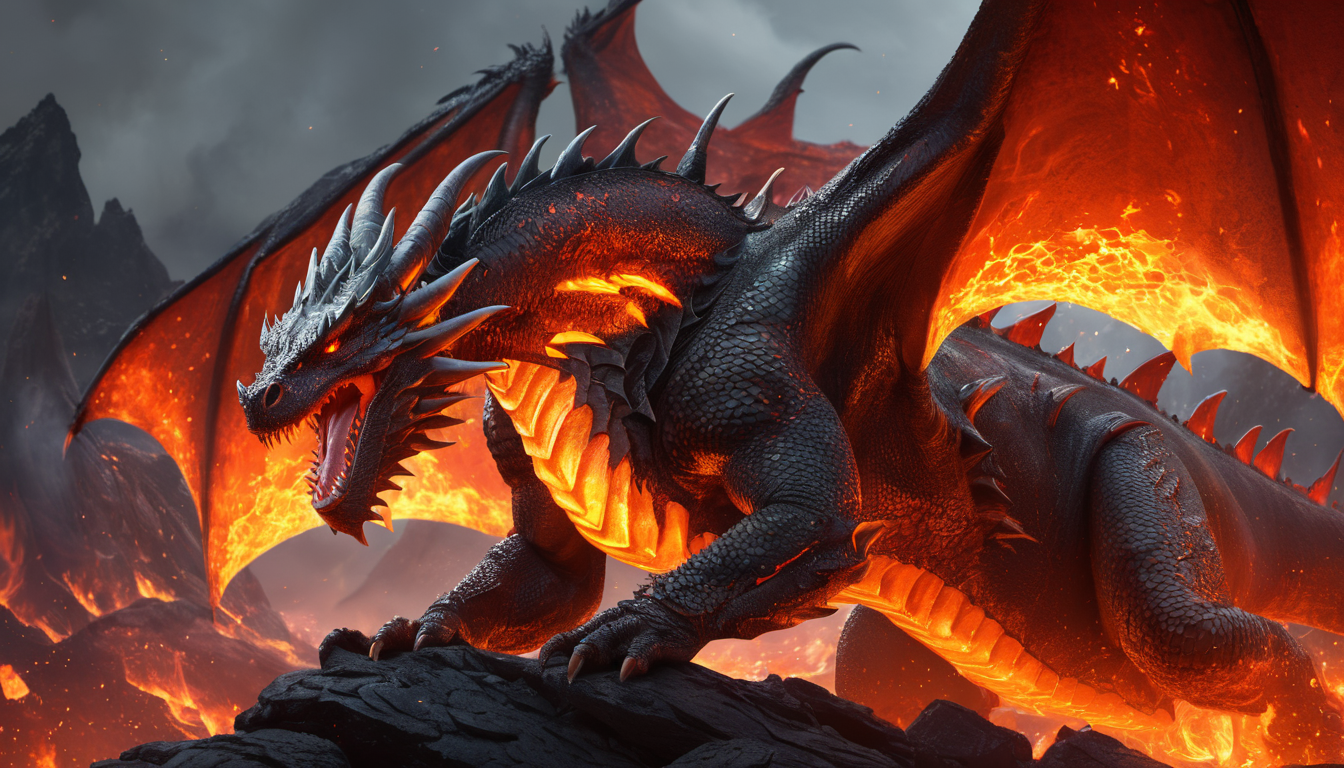
‘Mighty dragon with molten lava scales, Fantasy illustration, sunset light’:
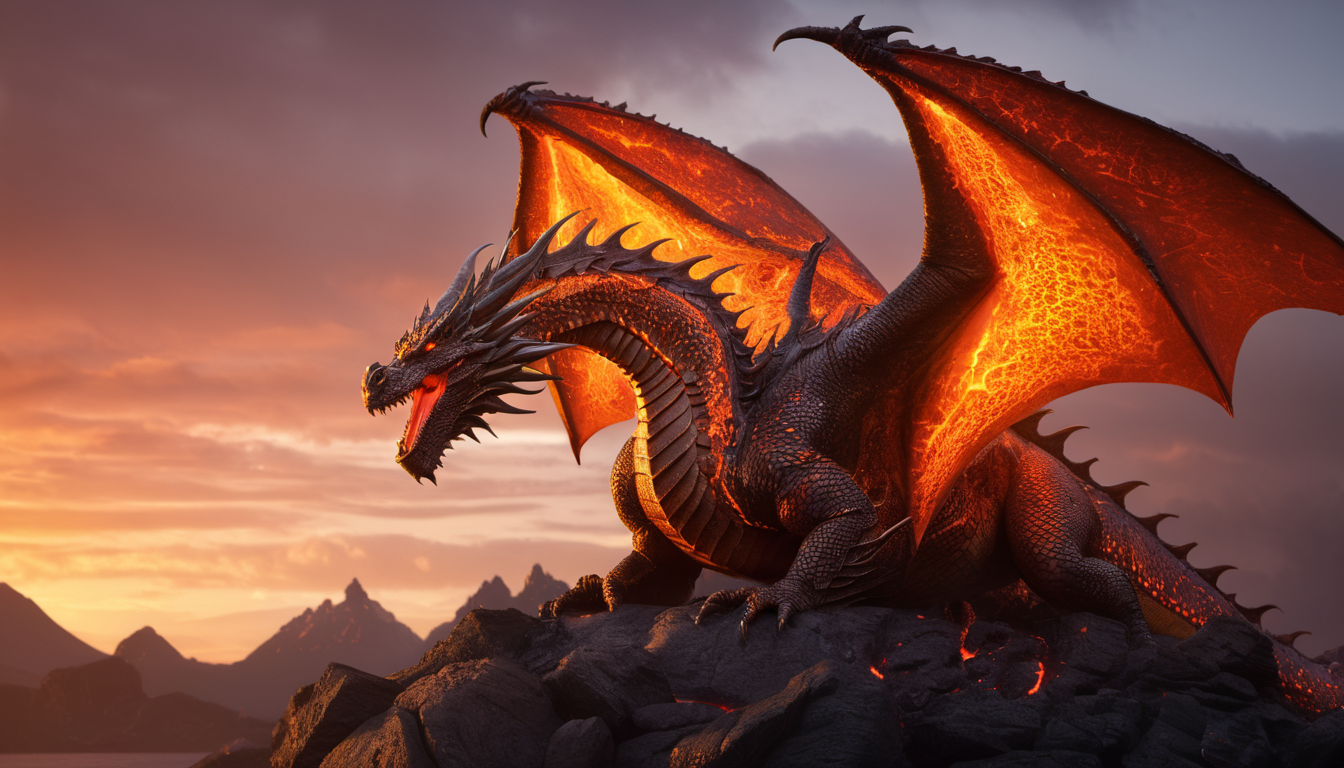
‘Mighty dragon with molten lava scales, Fantasy illustration, sunset light, distant mountains and stormy sky with lightning’:
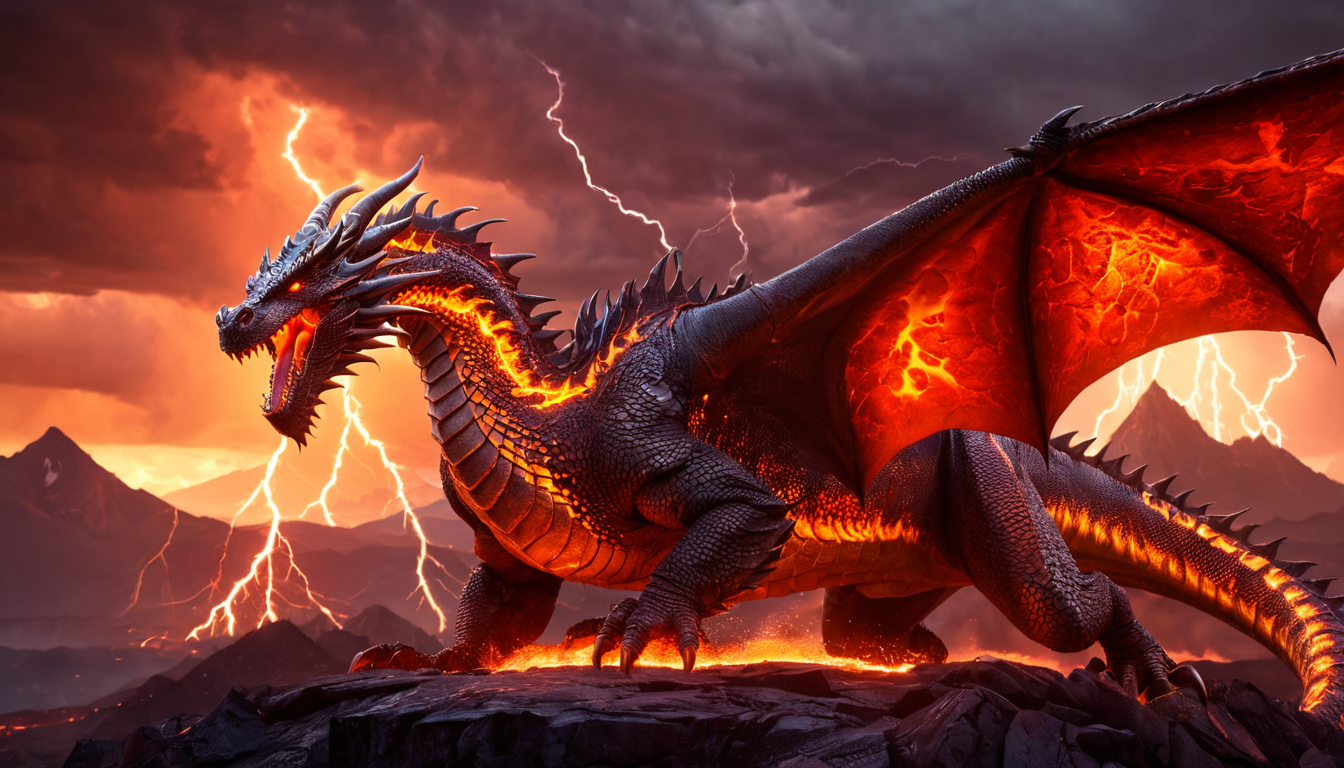
‘Mighty dragon with molten lava scales, Fantasy illustration, sunset light, distant mountains and stormy sky with lightning, the dragon’s scales glow with a fiery red and orange hue, resembling molten lava with cracks revealing intense heat, majestic, powerful’:
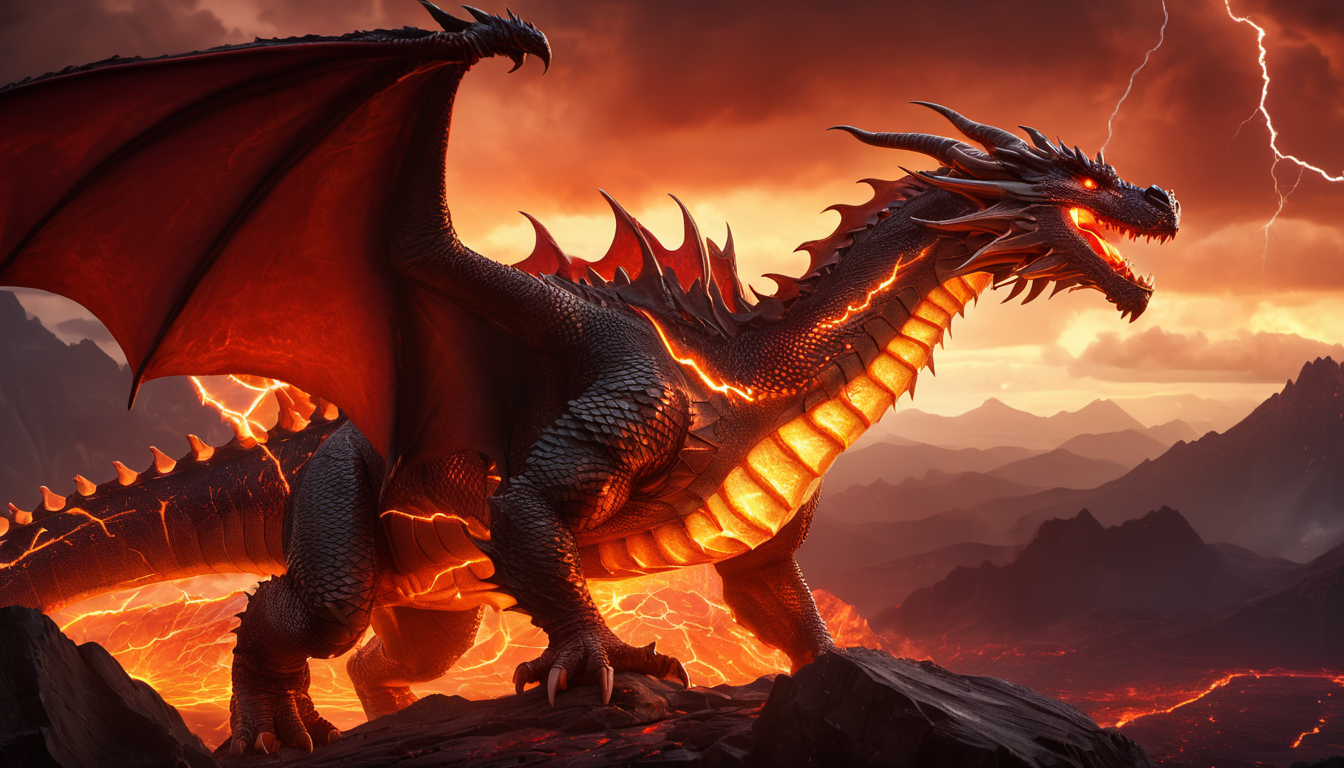
Since this is a Fantasy illustration, we also tried the Illustration style. However, when trying to achieve the ‘cracks revealing intense heat‘, Default style did the best job. Sometimes, the Illustration style took away those molten lava cracks from our dragon.
It’s best to start with Default, and when all the elements are in place, you can experiment with different styles. We didn’t feel the need to add the last part (majestic, powerful) because it was already majestic and powerful, but we added it anyway.
Finally, to test this method even more, we added “Close-up shot” to our prompt.
‘Close-up shot of a mighty dragon with molten lava scales, Fantasy illustration, sunset light, distant mountains and stormy sky with lightning, the dragon’s scales glow with a fiery red and orange hue, resembling molten lava with cracks revealing intense heat, majestic, powerful’:
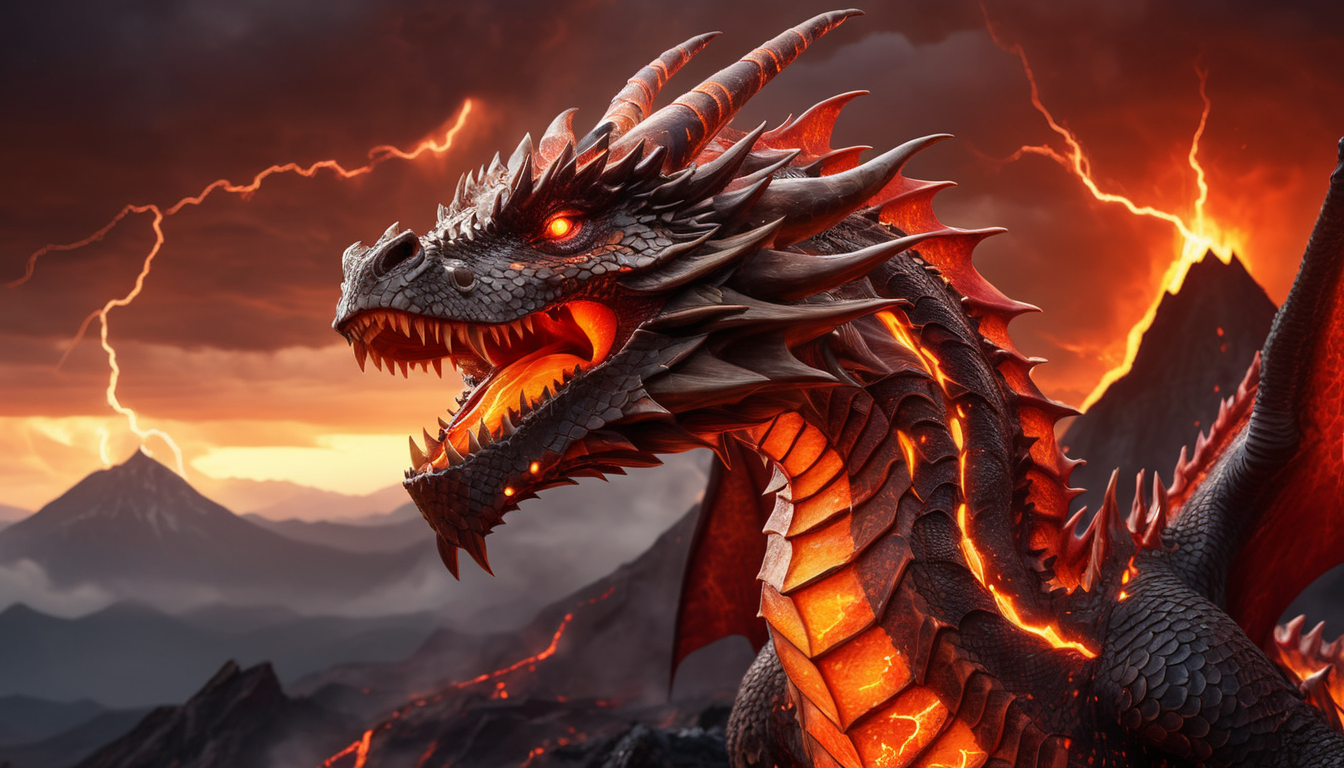
Tengr.ai did a fantastic job with our prompt, and we got every detail that we envisioned.
We have another example, this time with a beautiful mermaid. We’ll show you the steps:
‘Beautiful ethereal mermaid with iridescent scales swimming elegantly‘:
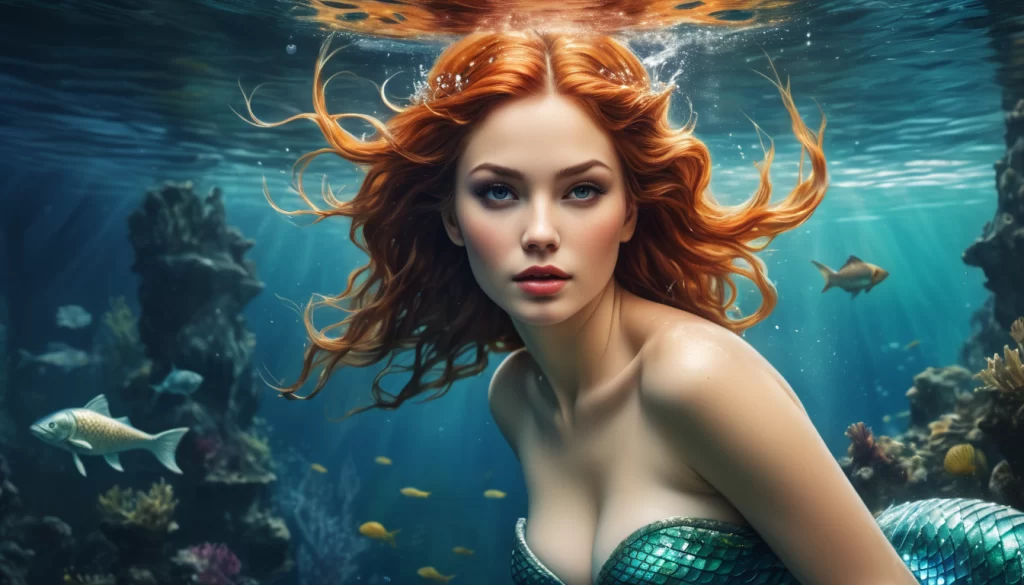
‘Beautiful ethereal mermaid with iridescent scales swimming elegantly, underwater digital painting‘:
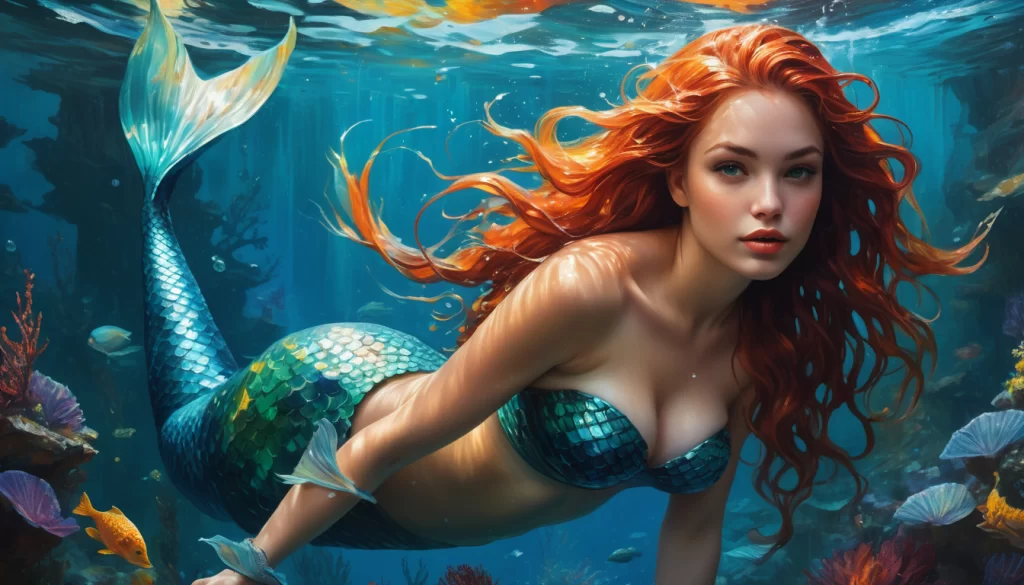
‘Beautiful ethereal mermaid with iridescent scales swimming elegantly, underwater digital painting, soft glow‘:
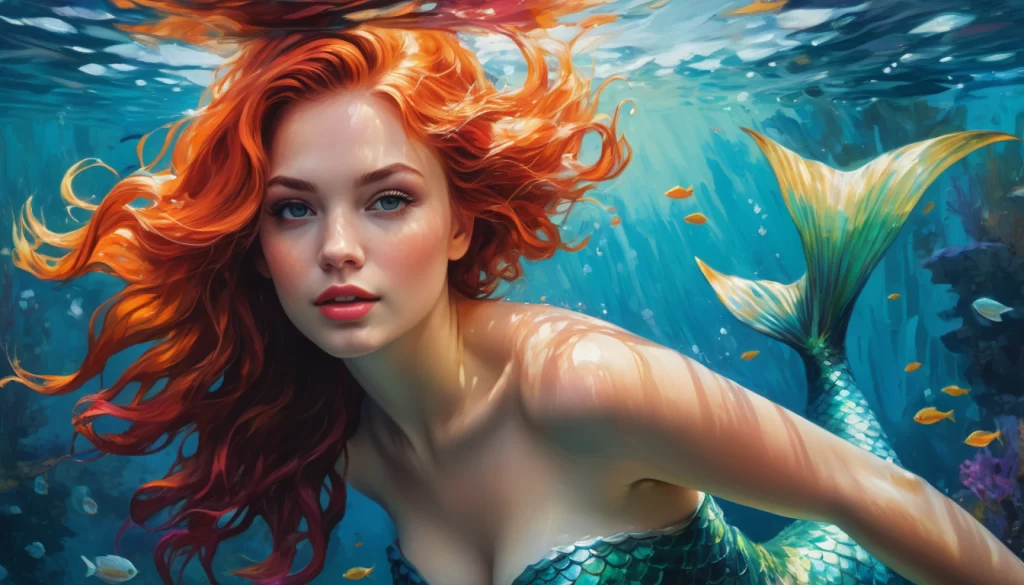
‘Beautiful ethereal mermaid with iridescent scales swimming elegantly, Underwater digital painting, Soft glow, Magical bioluminescent neon colored jellyfish, Deep ocean with ancient sunken ruins, Mystical, Enchanting‘:
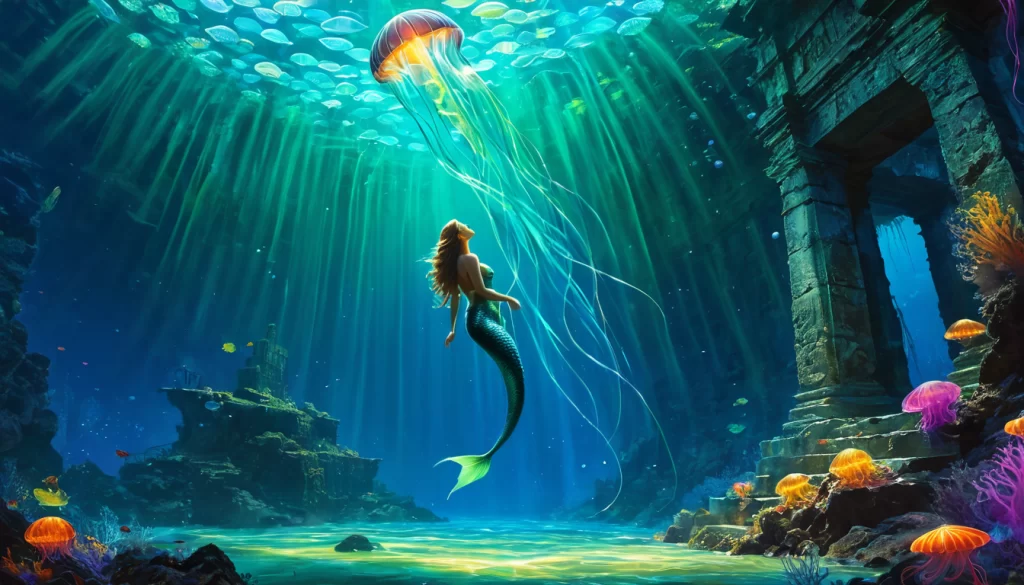
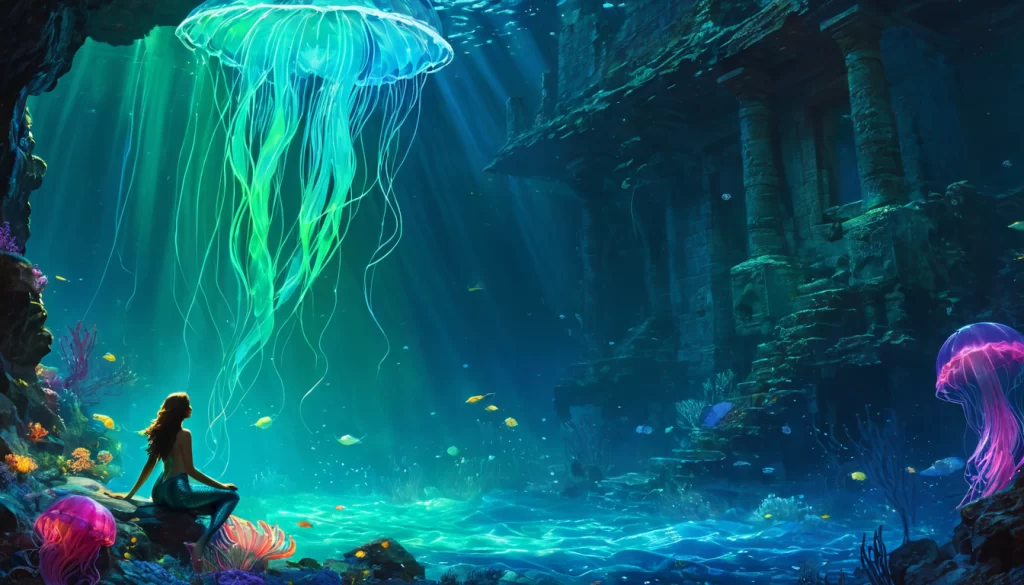
And finally, just for a fun touch, we also added ‘Futuristic Cyberpunk aesthetics‘ to our prompt. It gave our images a very interesting effect, transforming the mermaid’s appearance, and the ancient ruins as well:
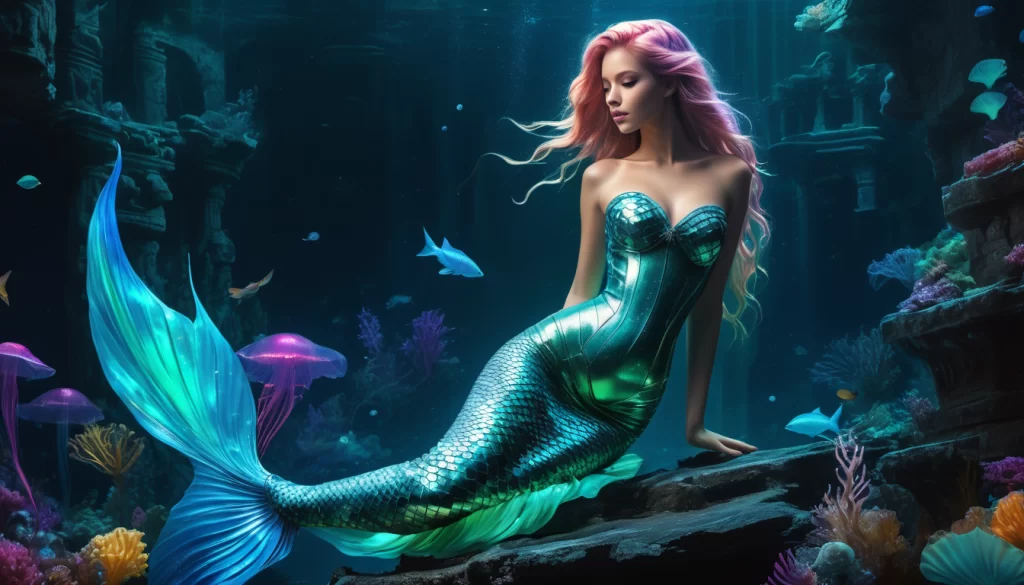
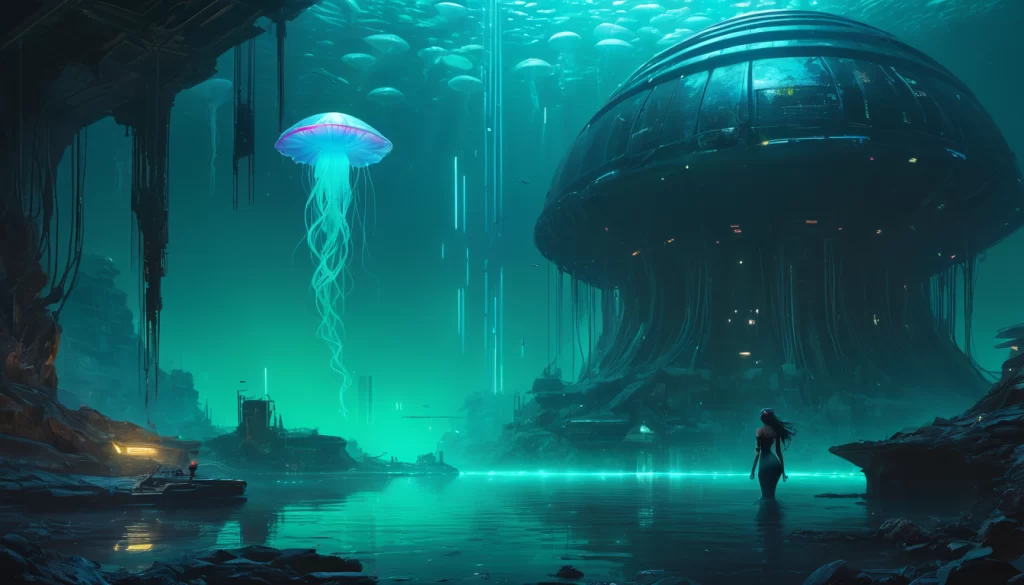
Conclusion
Additive prompting is an amazingly powerful tool and method of interacting with the AI. It’s a good way to bring your ideas to life and to learn at the same time. It’s good to have the basic idea in your head, but don’t stick to it rigidly. Let Tengr.ai guide you sometimes for a change, as it can result in some of the most unique creations.
A more flexible additive prompting could be beneficial sometimes. Just type your main idea, see what Tengr.ai generates, and then see where you could steer it from there. If it goes in a direction that you don’t like, just remove something or modify it to your liking. Or, perhaps, you have an idea, but Tengr.ai creates something that changes your mind and gives you a new idea instead. Just go with it, be flexible! Keep experimenting, and we’re sure you will get some stunning results.
At Tengr.ai, we’re excited to see how this technique can unlock new levels of creativity and precision in bringing your ideas to life, one step at a time. The most important thing to remember is that there isn’t one perfect way for additive prompting, and there isn’t only one particular order of adding things to your prompt. It’s an experimenting and learning process.
Ready to explore the possibilities? Join us at Tengr.ai and start creating with the power of additive prompting today!
